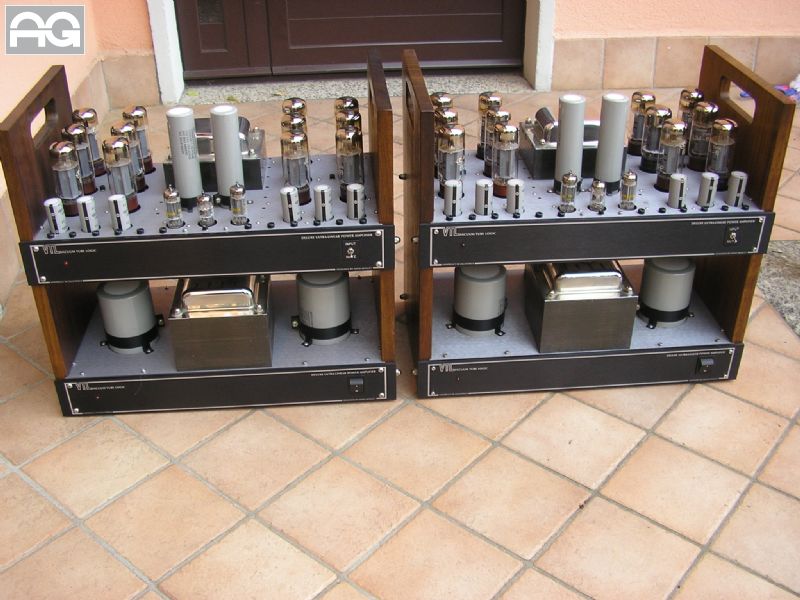This is ASR, subjective claims don't fly here as "supporting evidence".For many of these people, the "supporting evidence" IS the subjective claim.
I know that might seem circular to you, but that's the way many of the subjectivist folks think about this.
When we say "be willing to learn" , that means come to the understanding that many outside factors will affect your ability to make accurate determinations. Things such as expectation bias will distort your perceptions and cause you to hear things other than what is the reality of the situation. Now if the listener is willing to take in the proven evidence of expectation bias and such, then you can move forward in the conversation. Otherwise he will be forever locked in the circular believe of magic dust and that "he can hear things that we can't measure" and its best that person just move on to the subjective sites where he will be happy.

